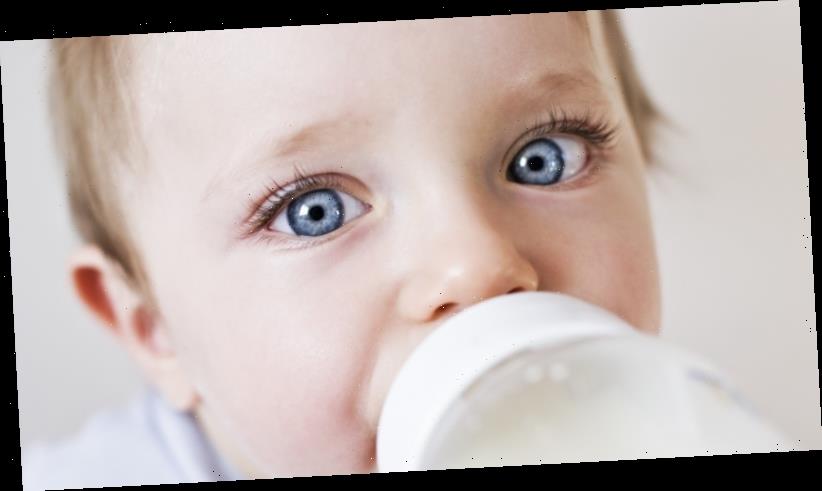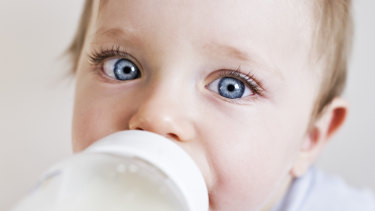Online advice about expressing and storing breastmilk is often conflicting and confusing for new mothers, according to a new Australian review.
The study, published in Women and Birth, explored the quality and consistency of available information, finding storage recommendations for fresh breastmilk varied between four and 10 hours at room temperature and between 72 hours and eight days in the refrigerator.
The advice can be confusing for mothers who wish to express and store breastmilk.Credit:Getty
The one consistent message was that thawed milk should never be refrozen.
The World Health Organisation recommends new mothers exclusively breastfeed for the first six months of the babies life and continue to breastfeed, in conjunction with solid food, for two years or more.
“It’s a product that can go off; you can give the baby gastro."
This advice, however, is complicated by the fact that more than half of Australian mothers return to work within the first two years and the majority of these (74 per cent) return sometime after their baby is four months old.
Whether they are expressing for work reasons, so their partner can help with overnight feeds, for nights out or otherwise, more women are turning to the internet for advice on how to express and store their milk.
The discrepancies in the advice is a result of a lack of research and also different climates affecting local advice, say lead authors, Dr Amanda Muller from Flinders University’s College of Nursing and Health Sciences, and chair of midwifery at Deakin University Professor Linda Sweet.
“The room temperature in Queensland could be 31 – anything above 26 degrees … you’ve just got to have it in the fridge – whereas the room temperature in Alaska is going to be a lot different,” says Dr Muller.
Incorrect handling or storing of milk can result in “lots of different risks”, Dr Sweet adds.
“It’s a product that can go off; you can give the baby gastro."
Professor Sweet notes the nutritional profile of milk also deteriorates with age: “Even in the handling of it, you can get bacterial contamination if you’re not [careful].”
Though babies may “refuse milk that tastes funny”, it's not necessarily possible to tell if the milk is off by looking at it, smelling or tasting it. Healthy milk can have a light green, yellow or blue tinge, it can be creamy or watery and it is normal for it to separate.
“You can’t see if it’s off,” Professor Sweet reiterates. “The milk a woman expresses at one part of the day is going to be different to another part of the day and each mother’s milk smells and tastes different as well.
“It’s not just an off-the-shelf thing where everything is going to be stock-standard.”
While there is no “clear-cut evidence around what’s safe and what’s not safe”, the authors say there are guidelines that can help.
The Australian Breastfeeding Association (ABA) guidelines say freshly expressed breastmilk, stored in a clean, closed container, lasts between six to eight hours at room temperature (if the temperature is below 26 degrees), no more than 72 hours at the back of the fridge and three months in the freezer.
Previously frozen milk stored in a fridge lasts for four hours or less at room temperature and 24 hours in the fridge, while milk thawed outside the refrigerator in warm water should be used straight away. Previously frozen milk should not be refrozen.
Expressing equipment for healthy, full-term babies (the advice is different for pre-term) should be cleaned “really well” in hot, soapy water at least once every 24 hours “while it is in frequent use” and left to air dry or dried with a new paper towel or a clean, unused cloth towel.
Women are also advised to wash their hands before handling equipment.
Source: Read Full Article

